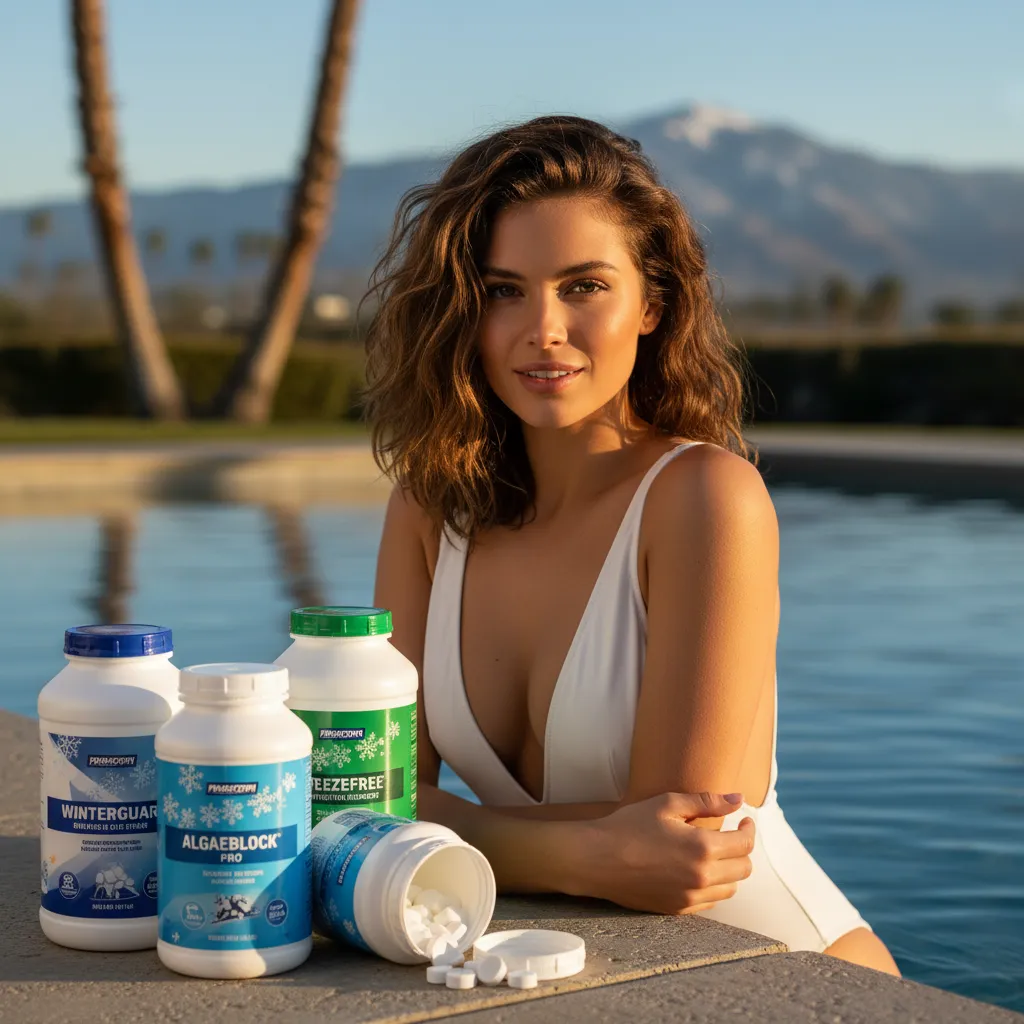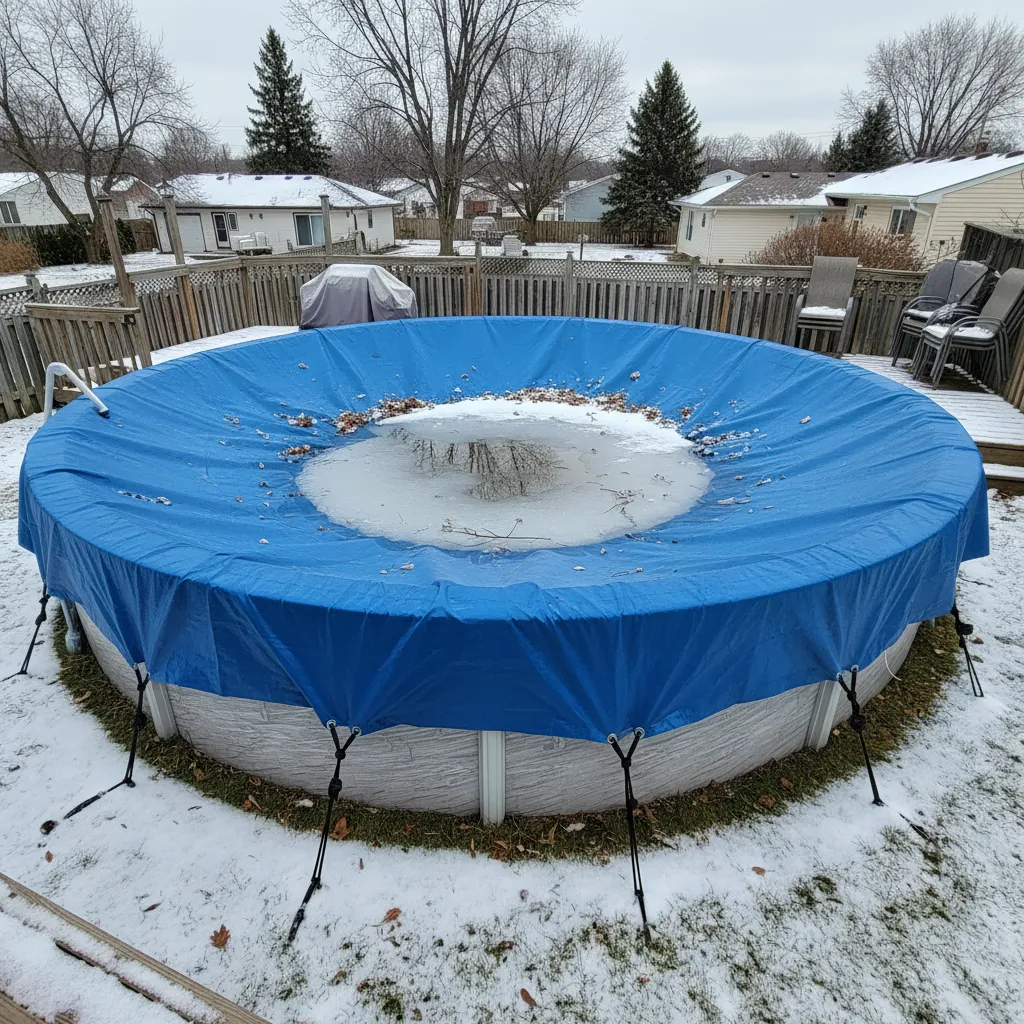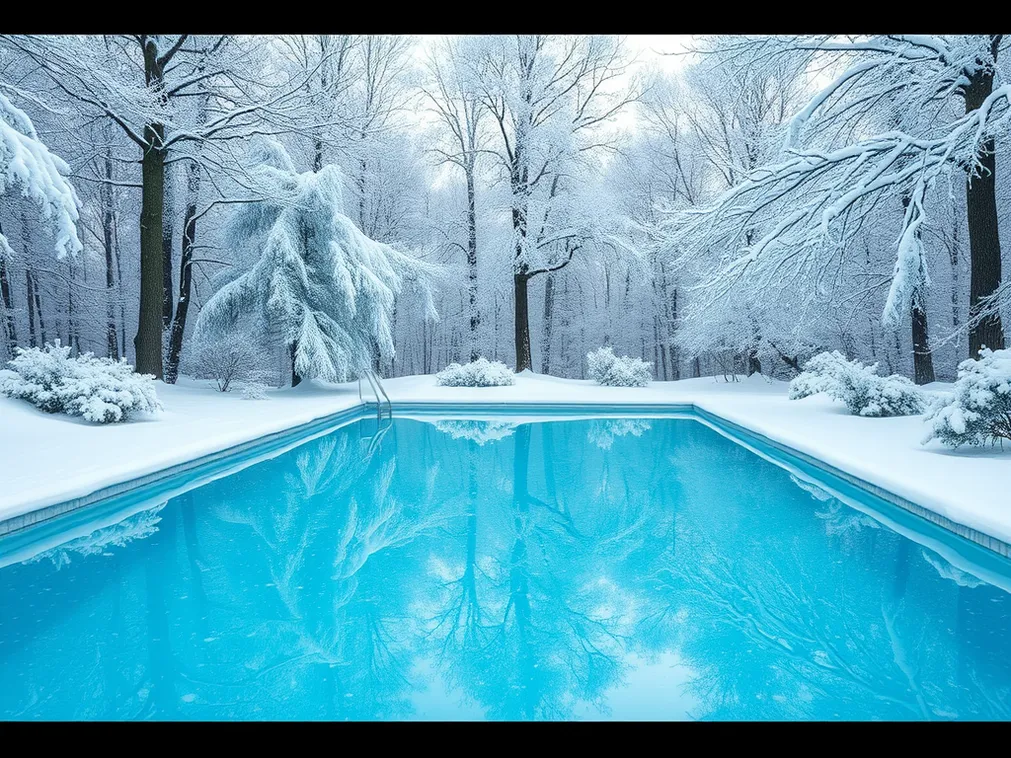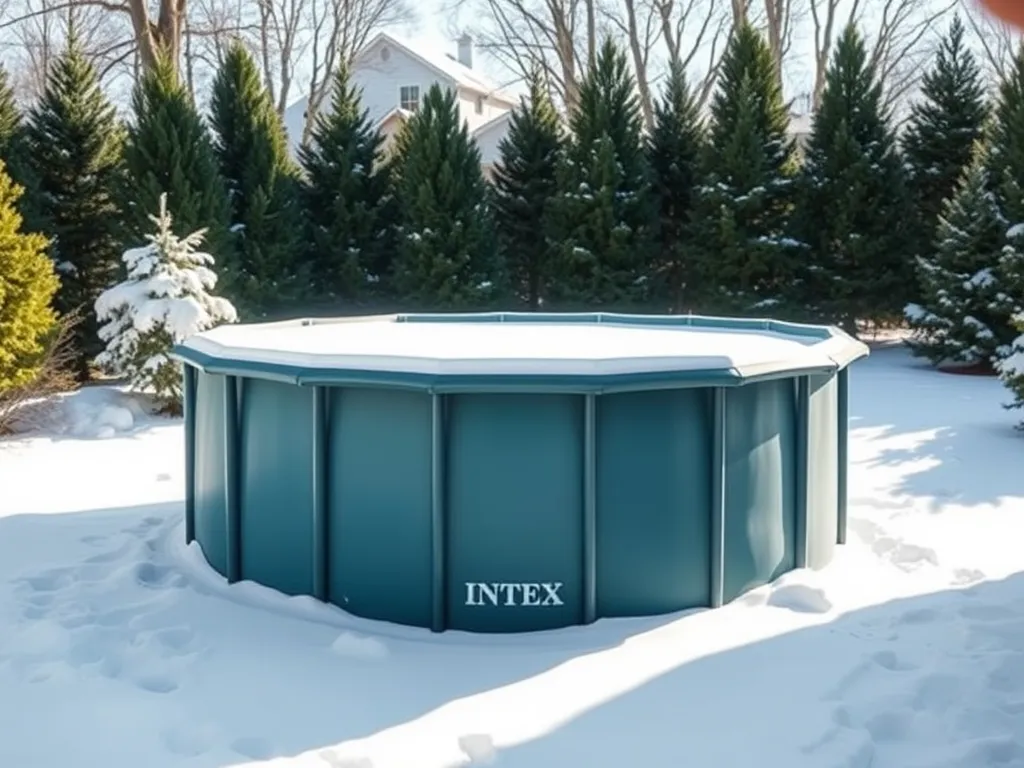Can You Swim in Pools in the Dominican Republic in December?
Published on: November 20, 2025 | Last Updated: November 17, 2025
Written By: Marcus Thornfield
Yes, swimming in pools during December is both possible and enjoyable in the Dominican Republic. Daytime air temperatures average 80-85°F (27-29°C), with most resort pools maintaining water temperatures between 75-80°F (24-27°C) through natural heating and occasional supplemental systems. Pools are generally safe for swimming, with properties adhering to water quality standards (pH 7.2-7.8, chlorine 1-3 ppm) and daily maintenance routines to manage debris from occasional rainfall.
This guide explores December’s unique swimming conditions across the island’s coastal resorts and private villas. Learn how microclimates in Punta Cana differ from Puerto Plata’s pools, why shaded areas might feel cooler, and how weather patterns impact water temperatures. We’ll break down the science behind pool heating methods and compare ocean versus pool comfort levels during tropical winters.
Discover actionable strategies for vacationers and property managers: optimizing solar covers for heat retention, balancing chemicals after rainstorms, and selecting energy-efficient heaters. Whether you’re planning a holiday dip or managing a rental property, we’ll detail temperature thresholds, safety protocols, and maintenance checklists to ensure ideal swimming conditions throughout the month.
Weather in the DR in Dec
Dec brings warm days and mild nights to the DR. This makes pool swims a top pick for guests. Let’s break down the key climate facts.
Crucial Winterizing Products
"The all-in-one solution for a guaranteed clear spring opening."
All-in-One Closing Chemical Kit
Winter demand is high - check stock
"The 'set & forget' option. This is the easiest winterizing I've ever done."
Simple 3-in-1 Winterizing Balls
Winter demand is high - check stock
"Invest once to protect your liner and prevent a swamp in the spring."
Heavy-Duty Winter Pool Cover
Winter demand is high - check stock
Avg Air and Water Temps
Daytime air temps hover near 80°F to 85°F. Nights cool to 70°F, but stay comfy. Sea temps hold at 79°F to 81°F near coasts like Punta Cana. Pools may dip 1-3°F below sea temps if unheated. Most resorts use solar tech to keep water warm for swims.
Pools in shade or with high wind may feel cooler. But sun-warmed pools in direct light often match sea temps. Check if your spot uses pool heaters for extra warmth.
Rain and Weather Trends
Dec marks the dry season with just 2-3 inches of rain all month. Brief showers may fall, but sun rules 7-8 hours per day. Storms pass fast, so pool time stays high.
Low rain means less debris in pools. Staff can clean with ease, so water stays clear. UV rays stay strong, so use sunblock even on cloudy days.
While the weather sets the stage, pool temps can shift based on design and care. Next, we’ll dive into what shapes your swim zone’s warmth.
Pool Temperatures in December: What to Expect
December brings warm tropical weather to the Dominican Republic, but pool temperatures can vary based on several factors. Let’s break down what swimmers might encounter during this month.
Typical Pool Temperature Range
Most pools in the Dominican Republic maintain temperatures between 78°F and 84°F (25.5°C to 28.8°C) in December. Unheated pools exposed to sunlight often stay at the higher end of this range, while shaded or deeper pools might dip closer to 78°F. Resorts frequently use solar covers or heating systems to keep water temperatures above 82°F for guest comfort.
Factors Influencing Pool Warmth
Solar exposure plays the largest role in pool warmth. December’s shorter daylight hours (around 11 hours of sun) mean less time for natural heating. Pools with dark tile liners absorb more heat, while concrete or light-colored surfaces reflect sunlight. Wind chill from trade winds can lower perceived temperatures, especially during evening swims. Depth also matters—shallow wading areas warm faster than deep ends.
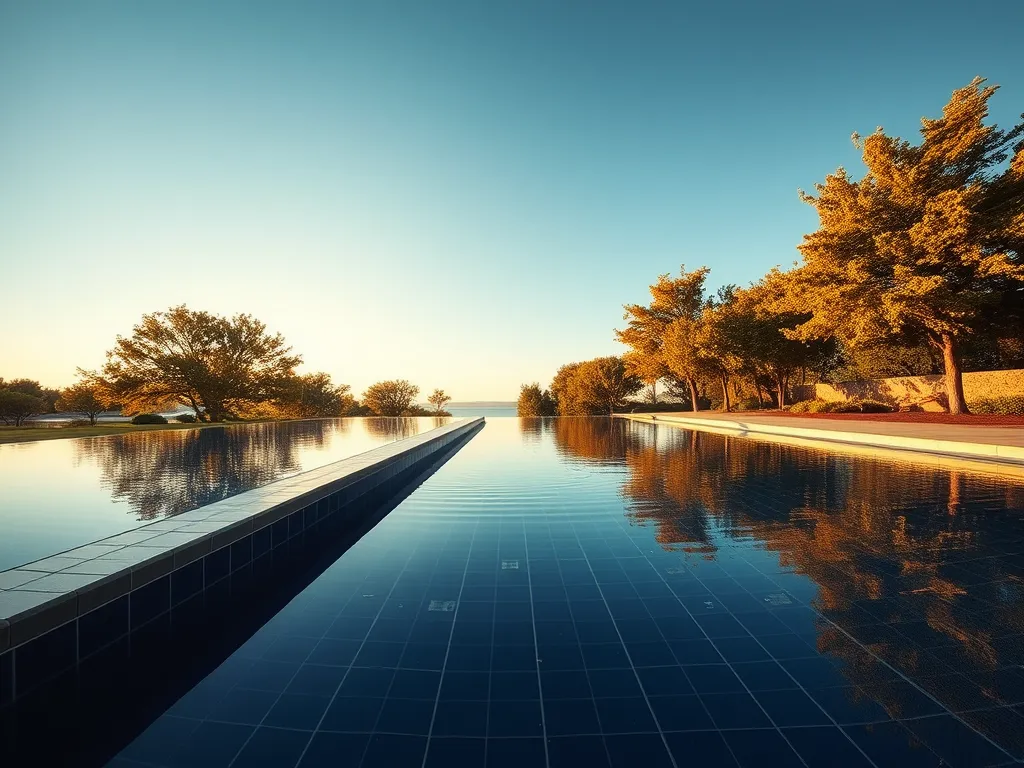
Is Swimming in Pools Feasible During December?
Swimming remains popular year-round in the Dominican Republic, but comfort levels depend on personal preferences and weather patterns.
Comfort Levels for Swimmers
Water temperatures below 80°F may feel chilly to some, particularly young children or those accustomed to heated pools. Most adults find 82°F–84°F ideal for extended swimming. To maximize comfort, look for pools with windbreaks like hedges or cabanas, and consider midday swims when solar heating peaks.
Comparing Pool and Ocean Temperatures
Ocean temperatures along the coast average 80°F–82°F (26.6°C–27.7°C) in December—slightly cooler than many pools. While the sea feels refreshing, pools often provide warmer options, especially at resorts with heating systems. For reference:
| Location | Avg. December Temp |
|---|---|
| Resort Pool (Heated) | 84°F–86°F |
| Resort Pool (Unheated) | 78°F–82°F |
| Caribbean Sea | 80°F–82°F |
Proper pool maintenance ensures comfortable conditions even during cooler evenings. Let’s explore how water chemistry and cleaning routines keep pools swim-ready.
Also See: Are Pools Cheaper in the Winter? Save Big!
Essential Pool Care Tips for December Swimming
Keep your pool swim-ready with smart care plans that fit the Dominican Republic’s mild but changeable December weather. Cooler nights and dry days need special steps to make sure water stays clean and safe.
Maintaining Optimal Water Chemistry
Check pH levels 2-3 times a week, aiming for 7.2-7.6 to stop skin or eye pain. Use test strips or a digital kit for fast reads. Free chlorine should stay at 1-3 ppm (parts per million) to kill germs but not burn skin. Add cyanuric acid (30-50 ppm) to shield chlorine from sun loss. Cold nights slow algae growth, so cut back on algaecide by half to save cash. It’s also important to choose the right algaecide to keep your pool clean. A good algaecide guide will help you find the best options for your needs.
Debris Management and Cleaning Routines
Skim leaves and bugs each morning with a net. Run the pump 6-8 hours daily to trap fine dirt in the filter. Brush walls twice a week to stop slime buildup. Vacuum sand or silt every 5 days to keep floors smooth. Trim plants near the pool to cut down on leaf drop. Cover the pool at night to block dust from trade winds. Keeping your pool clean can also help reduce horse flies. Taking these steps makes your pool less inviting for these pests.

Pool Heating Solutions for Cooler Tropical Months
While days stay warm (up to 82°F), water temps can dip to 75°F. Use these tools to add 5-10°F for comfy swims.
Solar Heating Systems
Solar panels (cost: $3,000-$6,000) use sun to warm water as it flows through roof tubes. Works best in zones with 6+ sun hours per day. Pair with a solar cover to hold heat at night. Adds 5-8°F for free once set up. Ideal for villas or long-term rentals.
Heat Pumps and Electric Heaters
Heat pumps ($2,500-$5,500) pull warmth from air to heat water. Use 60% less power than old-style electric heaters. Good for big pools (30,000+ gallons). Electric heaters ($1,200-$3,000) heat fast but cost more ($15-$30 per hour). Best for quick warm-ups in small plunge pools. When planning a pool project, you also need to consider the cost of filling in the area around the pool. The fill pool dirt cost can vary based on the amount needed and local prices.
Best Practices for Energy Efficiency
Set heat to 82-84°F for max comfort and low bills. Run pumps at noon (peak sun) if using solar. Cover pools when not in use to cut heat loss by 50%. Check seals on pumps and heaters to stop leaks. Use a timer to auto-shut off heat after 2 hours. Having a well-maintained pool enhances the overall experience. One wonderful addition to any pool is a fountain, which can add beauty and soothing sounds to your space.
Safety Considerations for December Pool Use
Cool air (70°F nights) and warm water (78°F) can trick the body. Plan ahead to avoid risks.
Monitoring Water and Air Temperature Differences
If water is 10°F+ warmer than air, swimmers may get dizzy when leaving the pool. Use a pool thermometer to check both temps. Post a sign if the gap hits 15°F. Limit swim time to 30 minutes for kids or older guests. After swimming, it’s important to take a moment to adjust. Waiting a little while helps the body recover from the sudden temperature change.
Ensuring Proper Safety Equipment
Keep life hooks and rings on all pool sides. Test drain covers to meet VGBA safety standards. Mark depth with bold tiles (3-inch letters) at 3 ft, 5 ft, and deep ends. Store a first aid kit with thermal blankets nearby. Use non-slip mats on wet decks to stop falls. As the weather warms up, these safety steps become even more important. Proper preparations ensure a safe pool opening for everyone.
With these steps in place, you can focus on smart upkeep for vacation homes or rental spots.
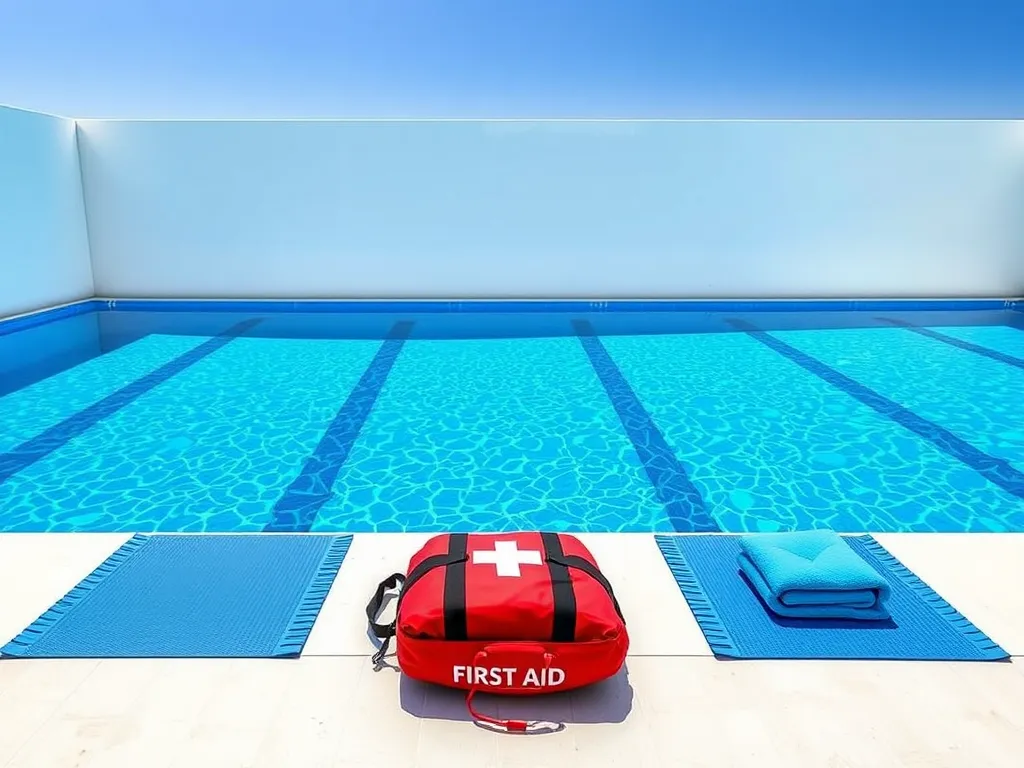
Best Practices for Vacation Home Pool Maintenance
Owning a swimming pool in the Dominican Republic during December demands proactive planning to combat shifting conditions. Cooler nights mixed with warm days impact water chemistry and warmth retention. Applying a strict protocol guarantees pools stay swimmable for visitors craving tropical dips.
Pre-arrival Preparation Steps
Start by verifying pool systems function optimally before guests arrive. Test water chemistry using a digital kit, aiming for pH levels of 7.2–7.8 and chlorine at 1–3 ppm. Adjust total alkalinity to 80–120 ppm and calcium hardness to 200–400 ppm to avoid scaling or corrosion. Inspect heating units—solar panels, heat pumps, or gas heaters—for faults, particularly if temps dip below 75°F (24°C). Clear skimmer baskets, backwash filters, and trim nearby foliage to minimize leaf debris. Install a solar cover post-maintenance to trap warmth overnight, boosting water temps by 5–10°F. After this preparation, it’s important to address water sanitation. Swimming in a shocked pool ensures that harmful bacteria and contaminants are eliminated, providing a safe and enjoyable experience for everyone.
- Balance water chemistry 48 hours prior to arrival
- Clean filters and verify pump operation
- Activate heating systems 24–36 hours before use
- Stock safety gear: life rings, first-aid kits, non-slip mats
Daily Maintenance Checklist
Daily routines combat challenges unique to tropical winters. Mornings are ideal for skimming surface debris blown in by trade winds. Test chlorine and pH levels, adding stabilizers if sunlight degrades sanitizer potency. Run pumps 8–12 hours daily to circulate heated water and prevent cold spots. For pools with solar heating, confirm panels face south at 15–30° angles to maximize solar gain. Brush walls weekly to stop algae growth, which can thrive in 80°F+ (27°C) water despite cooler air temps.
- Skim leaves and insects twice daily
- Log chemical readings; adjust as needed
- Inspect heater function and thermostat settings
- Secure safety equipment near pool deck
Following these protocols maintains clarity and warmth, but travelers often ask about regional climate impacts on swimming plans.
Frequently Asked Questions
Do Evening Temperatures Make Pools Uncomfortable in December?
While nights cool to around 70°F (21°C), pools retain daytime warmth well into the evening. Water temperatures typically drop only 2-3°F after sunset, especially in covered or wind-protected pools. For cooler-sensitive swimmers, heated pools or hot tubs (often maintained at 100-104°F) provide warm alternatives after dark. This makes it easier for swimmers to remain comfortable in varying temperatures. In a float pool, flexible staffing options ensure that warmth and care are always available for guests.
Are Private Villa Pools Better Maintained for Warmth Than Resort Pools?
Private villa pools often allow personalized temperature control, with owners frequently using solar covers and heat pumps for targeted warming. Resorts prioritize energy efficiency but compensate with larger pools that retain heat longer. Both options generally maintain comparable temperatures (78-84°F), though villas may offer faster heating adjustments. When considering how to manage pool water, draining an above ground pool is an important step for maintenance. This process can help ensure the pool stays in good condition and is ready for the next season.
How Can I Identify a Properly Heated Pool Before Booking?
Look for property listings mentioning “heated pools” or specific systems like solar panels/heat pumps. Contact accommodations directly to confirm pool temperatures are maintained above 80°F. Recent guest reviews often note phrases like “warm swims” or “comfortable water,” particularly in December travel feedback. Maintaining warmer water can also promote algae growth in pools. It’s important to monitor and manage the temperature to keep algae in check, especially in warmer seasons.
Do Mountainous Regions Like Jarabacoa Have Swimmable Pools in December?
In elevated areas (1,500+ ft altitude), unheated pools may drop to 68-72°F—chilly for extended swimming. However, most mountain lodges use wood-fired heaters or heat pumps, maintaining temperatures near 82°F. Always verify heating capabilities before booking inland pool accommodations. Keeping your pool warm makes for a more enjoyable swim. Consider using a pool heater for your above ground pool to extend the swimming season.
Can Sudden Weather Changes Affect Pool Availability?
December’s stable weather (90% sunny days) rarely disrupts pool access. During rare heavy rains, outdoor pools may close temporarily for chemical rebalancing, but most reopen within 4-6 hours. Indoor pools at luxury resorts remain unaffected and maintain consistent temperatures year-round. When enjoying a dip in the pool, it’s also important to consider the state of the water. Regularly shocking your pool or hot tub keeps the water clean and safe for everyone.
Closing Thoughts
Swimming in the Dominican Republic during December is not only possible but often enjoyable. With air temperatures averaging 82°F (28°C) and pool water rarely dipping below 78°F (25°C), most visitors find conditions comfortable for swimming. Coastal areas like Punta Cana maintain even warmer water temperatures due to their tropical microclimates.
Proper pool maintenance becomes critical during this transitional season. Monitoring pH levels (7.2-7.8 ideal), alkalinity (80-120 ppm), and chlorine (1-3 ppm) ensures water quality remains pristine. Solar pool covers can retain up to 70% of heat overnight when temperatures occasionally drop.
For those managing vacation properties, implementing a pre-arrival checklist that includes skimmer basket cleaning, pump inspection, and chemical balancing guarantees guest satisfaction. Energy-efficient heat pumps (COP ratings 5.0+) extend swimming seasons without excessive power consumption.
Need help calculating chemical dosages or heating requirements? Visit My Pool Calculator for precise measurements tailored to your Dominican Republic pool. Whether you’re a property manager or vacationer, these tools help maximize December swimming enjoyment while maintaining safety and comfort.
Additional Resources for You:
- Tamminen, T. (2019). The Complete Pool Manual for Homeowners: A Step-by-Step Maintenance Guide. New York, NY: Skyhorse Publishing.
- r/PuntaCana on Reddit: rough water in December?
- Delightful Swimming In The Dominican Republic | Mediterra Swim
- Can you swim in the ocean in the Dominican Republic? – Dhiefa.com | Portail des chambres et maisons d’hôtes, meilleures chambres d’hôtes, Hôtes de Charme, Luxury Lifestyle
- The 38 best swim up rooms in the Dominican Republic

